[Updated September 17, 2019] A question that I invariably get asked by many CFA candidates during the tutoring process: “Am I ever going to use this in the real world?” In this blog post, I uncover the answer to that question with regards to the CFA curriculum.
An Education in Theory
The CFA curriculum itself is extremely comprehensive and the exam is hard. It arguably spans the entire financial services industry offering a formalized detailed overview of its inner workings. A CFA tutor can help tremendously.
To generally improve your understanding of financial markets, the CFA is about as good as it gets. That said, the material covers everything from equities, to fixed income, to derivatives, and commodities (…and more) using a mostly theoretical approach.
Where Theory Meets the Real World
All that said, there is no substitute for practical experience in the investment world. Theories, formulas, and definitions work out nicely in CFA practice problems. Not so much in the real world. Thus, the lines are a often blurred when it comes to applying the CFA curriculum.
For example, imagine that you have the responsibility to analyze whether your boss should put some money to work in a new investment opportunity. This could be in a corporate finance job, at a hedge fund, a private equity firm, or a family business. It really doesn’t matter. Furthermore, your boss happens to have a preference for using a discounted cash flow model. He wants to see your analysis presented this way.
After years of working in equity research, I can tell you first-hand that this scenario is not uncommon.
The CFA Curriculum’s Nice Numbers
Now imagine that you calculated that the final cash flow of the potential investment to be $10 million. Assume that you use a discount rate of 7% and growth rate of 4%. You end up with a terminal value (that still needs to be discounted) of $347 million.
So let’s look at where things get grey.
In the real-world you don’t know for sure that the 7% and 4% are appropriate values. The 4% perpetual growth rate itself is essentially an attempt at predicting the future. Is GDP predestined to be 4%? Is the target investment expected to grow consistent with GDP growth?
The reality: Predicting the future is a rare skill few analysts (if any) possess.
So now, what happens if your numbers are off…only slightly? If you change the discount rate of return and growth rate assumptions by only 1% in opposite directions (r=8%, g=3%) the terminal value becomes $206 million! The basic takeaway is that this theoretical laboratory work can be deceivingly cleaner than it actually is in practice.
The true educators in investing are found among the practitioners. Warren Buffett of course, is the ultimate but there are some excellent smaller scale educators such as this site on Net Net investing (a strategy where Buffett got his start).
So Why Take the CFA Exam?
Overall, with a dynamic, interconnected, and emotion-laden world, the precision of formulaic forecasts is a quixotic endeavor. Many analysts will use a range of inputs to get a sample of estimates. In this approach, the quote from John Maynard Keynes applies: “…better to be roughly right than precisely wrong.”
The CFA’s curriculum benefits those that learn it, not for an expectation of a literal application in the real world, but for the theoretical backbone of the financial services profession that it provides.
Like most other academic courses, the CFA curriculum’s content sets the foundation for a student’s knowledge but it’s up to the student to truly decipher between the real-world dynamics of human-based market systems and all its vicissitudes.
